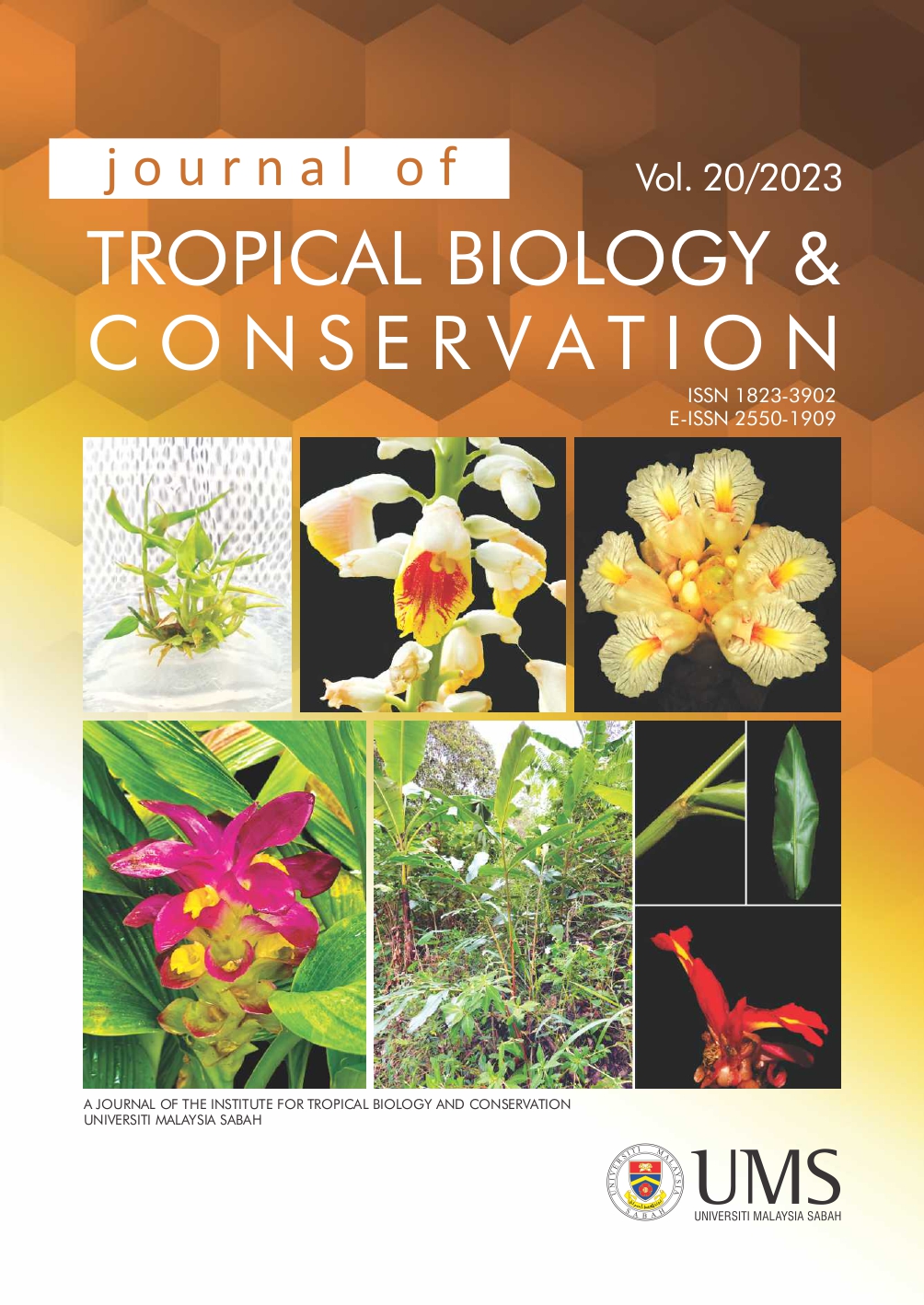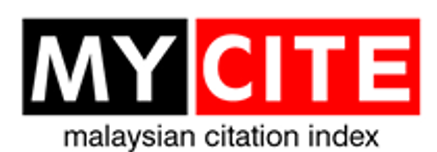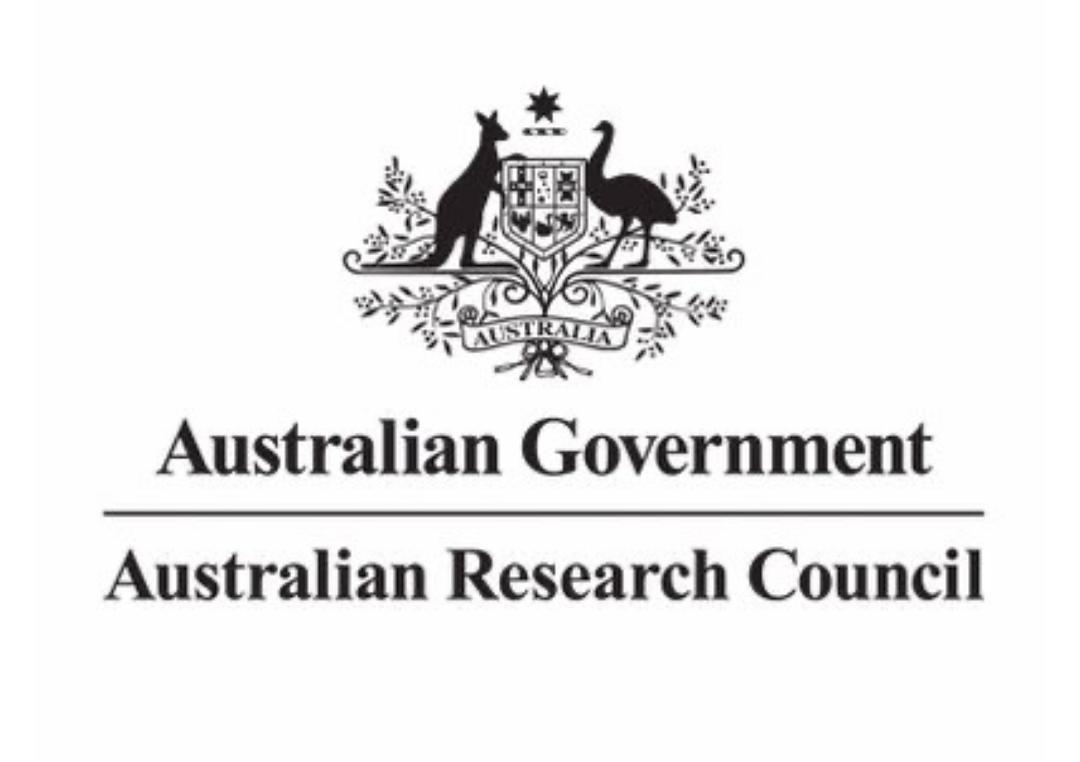Effects of Andrographis paniculata on Carbon Tetrachloride (CCl4)-Mediated Renal Oxidative Damage in Rats
DOI:
https://doi.org/10.51200/jtbc.v20i.4667Keywords:
Oxidative stress, A. paniculate, nephrotoxicity, carbon tetrachlorideAbstract
A herbal medicinal plant known as Andrographis paniculata, or "hempedu bumi," is recognised for its numerous medicinal properties and role in promoting community health. Despite its widespread use, the potential nephroprotective effects and underlying mechanism of action of Andrographis paniculata remain unexplored. To address this gap, the present study aimed to investigate the nephroprotective effects of Andrographis paniculata against renal oxidative damage induced by carbon tetrachloride (CCl4) in rats. Sprague-Dawley rats were pre-treated with Andrographis paniculata extract via gavage (100, 200, and 300 mg/kg b.w., respectively) once daily for 14 days, followed by two doses of CCl4 (1.2 ml/kg b.w.) on the 13th and 14th days. After two weeks, rats were sacrificed, and a nephroprotective analysis was performed. CCl4 administration at a dose of 1.2 ml/kg body weight resulted in oxidative stress in the renal system, as evidenced by elevated lipid peroxidation levels (TBARS). This oxidative stress was accompanied by a significant decrease in the activities of antioxidant enzymes and a depletion in the levels of reduced glutathione (p<0.05). Histopathological examination confirmed the impairment of renal function. Andrographis paniculata significantly mitigated the majority of these alterations. Based on our research, the nephroprotective advantages of Andrographis paniculata can be attributed to its ability to act as an antioxidant and scavenge free radicals.
Downloads
Published
How to Cite
Issue
Section
License
BY: credit must be given to the creator.
NC: Only noncommercial uses of the work are permitted.
This journal provides open access to its content under CC BY-NC 4.0 on the principle that making research freely available to the public supports greater international collaboration and information exchange.












